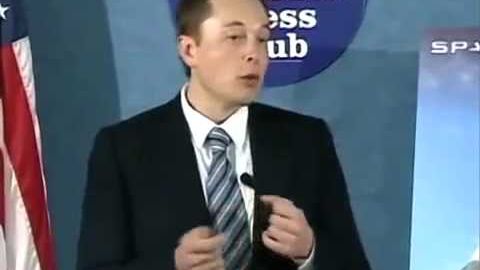
Subtitles & vocabulary
SpaceX Next - Falcon Heavy Press Conference
00
chiawk posted on 2014/02/27Save
Video vocabulary
expect
US /ɪkˈspɛkt/
・
UK /ɪk'spekt/
- Verb (Transitive/Intransitive)
- To believe something is probably going to happen
- To anticipate or believe that something will happen or someone will arrive.
A1TOEIC
More order
US /ˈɔrdɚ/
・
UK /'ɔ:də(r)/
- Noun
- Religious or social group, as of nuns
- Instructions to others to do what you want
- Transitive Verb
- To put things in a sequence, e.g. a, b, c
- To give instructions to others to do what you want
A1TOEIC
More space
US / spes/
・
UK /speɪs/
- Noun (Countable/Uncountable)
- Empty area kept for a specific reason, like a car
- Empty area with nothing in it
- Transitive Verb
- To make a certain distance or time between
A1TOEIC
More launch
US /lɔntʃ, lɑntʃ/
・
UK /lɔ:ntʃ/
- Noun
- Starting a new project; introducing new product
- Act of firing rockets into the air
- Transitive Verb
- To start a new project; start selling a product
- To put a rocket into the air
A2TOEIC
More Use Energy
Unlock All Vocabulary
Unlock pronunciation, explanations, and filters
